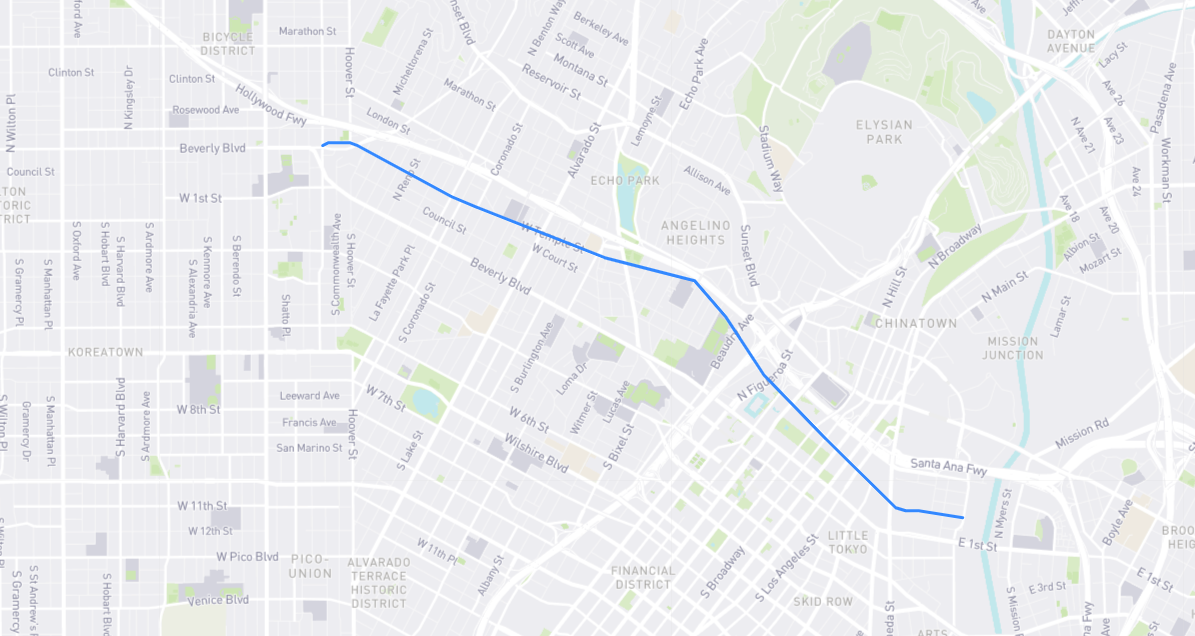Named not for a house of worship but for John Temple (1796-1866), a Massachusetts tradesman who came to El Pueblo de los Angeles c. 1828 and opened the city’s first general store. One of L.A.’s earliest American settlers, Temple (who, pre-California statehood, became a Mexican citizen and altered his name to “Juan”) was a driving force in the young city, with his Temple Block buildings essentially creating today’s DTLA. He also owned Rancho Los Cerritos: today’s Long Beach and Gateway Cities. Another influential Temple was John’s half-brother Francis Pliny Fisk Temple (1822-1880). (As John became “Juan” with Mexican citizenship, Francis became “Francisco”.) F.P.F. Temple showed up in L.A. in 1841. Never having met John before, he worked in his store for eight years. But F.P.F.’s real legacy is his land-grabbing exploits with father-in-law William Workman: he would become a major stakeholder in railroads, banking, water, cattle, town-building, and much more. The Temple and Workman families would see their fortunes rise and fall together. (F.P.F.’s son Walter cofounded Temple City in 1923.) At any rate, DTLA’s Temple Street was christened in 1859. Long Beach’s Temple Avenue was named much later; it was originally Naranja Avenue, after the Spanish word for orange.
Find it on the map:

